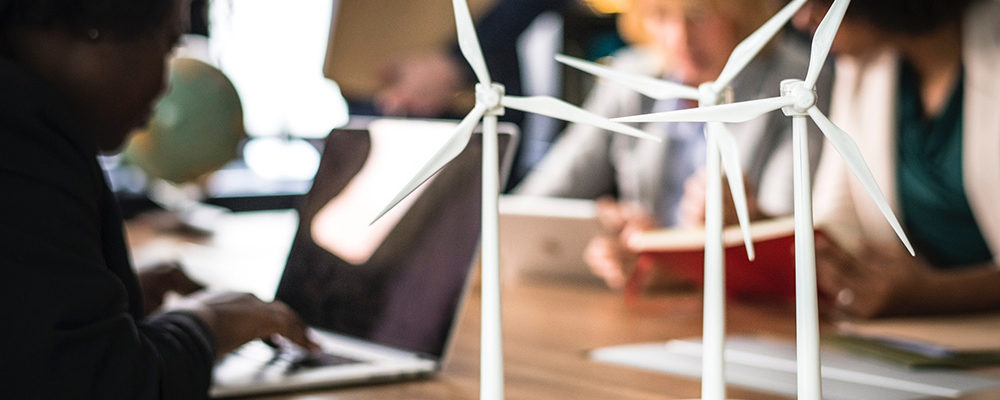
A statement that hasn’t been true of Europe for a long time. You’d be hard-pressed to find any one in the UK that hasn’t flicked a switch. In Africa though, you’d have strong betting odds.
Two thirds of Africa still have zero access to energy.
There’s something unnervingly poetic about reading that from an electronic, internet-connected device.
On the surface, these kinds of luxuries are of course not available – in the same way that modern fountains for beautification aren’t feasible without already-established water mains. But access to energy has become as fundamental to modern society as any other public infrastructure. We need water for hygiene and drinking. Shelter and gas for heating and safety. Energy is used to augment all of these and more.
We power public lighting to ensure safety and security – particularly in urban areas. It powers security systems, surveillance recording, rapid communication, and ultimately, it keeps our society (nationally and internationally) bound together. Entire economies were built on and remain alive by access to energy. Education flourishes.
Access to electricity is now so vital that if the entire country went dark for just one day, we’d found ourselves on the cusp of dystopia. Water, gas, and even food aren’t quite that vital. Total shutdown.
Without the kind of dependency on energy that we now have, Africa’s situation is not directly comparable. So it’s difficult to imagine what constant lack of access is really like.
The fact that it’s so difficult to imagine is testament to the seriousness of the issue. Security, stability, poverty, inequality, industry, and education are directly affected by electricity in a huge way.
So what is being done about this?
Some charities – such as SolarAid – are introducing energy in more localised pockets. With a main goal of replacing unsafe, unreliable, unclean, and expensive lighting such as kerosene burning, with solar alternatives. Much like the early days of electrical infrastructure: the lights came first. This initial access to electricity can’t be overstated in importance; getting functional electrical devices into the hands of people lays an excellent foundation for future development.
Kenya is particularly fortunate enough to have substantial access to geothermal energy, but still struggles with monopolisation on electricity – something the Kenyan government is taking steps to resolve. And more is being done to distribute this energy to the people, since most of this electricity is currently used industrially.
In terms of foreign aid, the US invests grants and loans into clean energy technologies, regulatory development, and public-private partnerships. They understand well the value of energising and stabilising economies and populations.
And in terms of infrastructure, Eskom are spearheading an electrical roadmap to finally tie disparate African communities together. With remarkable results, too. Their continuing estimate remains – in no uncertain terms – “Universal access by 2030”. It’s difficult not to be excited by the magnitude of that.
Full and reliable implementations of robust and clean energy networks in African countries will undoubtedly be a pivotal moment. Not only in African history, but humanity’s also. The future is bright.

 (5 votes, average: 4.80 out of 5)
(5 votes, average: 4.80 out of 5)